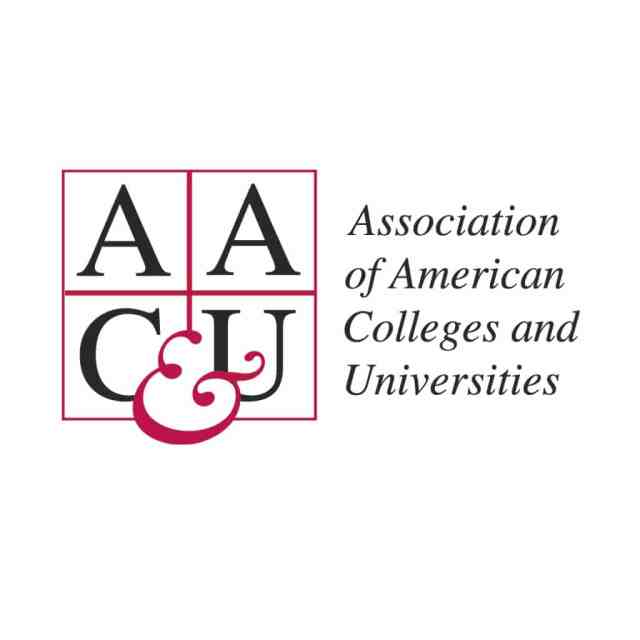One point came up in last week’s session at the AAC&U conference that likely resonates at once with scholars on the job market and with faculty members on search committees.In a saturated job market filled with strong applicants, faculty recruitment committees look for any way to make their task more manageable. But is the present culture healthy when it comes to the applicant experience? How can search committees establish fairer, more humane expectations for scholars seeking competitive academic positions?
In particular, Fredrik DeBoer—whose own presentation primarily interrogated the uses of corporate organizational structure to “distribute liability” within academic institutions—raised during the conversation several suggestions for how the faculty application process could be made more realistic and navigable.
They included the following:
- Minimize the weight your committee gives to aesthetic formalities of presentation like institutional letterhead and handwritten signature. Such cosmetics are simply not germane to genuine consideration of the candidate, and can even give committees an excuse to avoid bolder, more risk-taking scholars.
- Eliminate the pervasive stigma against applicants who have been on the job market for multiple consecutive years, or against a series of consecutive adjunct positions on an applicant’s CV. The job market has for some time now been so tight as to make romanticized tenure-track faculty jobs quite scarce, statistically speaking, even for highly qualified and well recommended scholars.
- Commit to treating those who hold adjunct positions with simple collegiality, as scholars of equal legitimacy to those who hold full-time and tenure-track positions. If a scholar’s current job is as an adjunct professor, that’s an indication of academic institutions’ budget priorities—not an indication that that individual falls into a lower academic class.
If you were there, you know this aspect of the conversation inspired contributions from the audience, including some discussion of the in-person interview and job application time frames. The conversation was a reminder that there are small, immediate steps faculty commitee members can take to foster a fairer climate in their day-to-day work.
Next up: We summarize the panel’s discussion of new models of the professoriate, suggested by Adrianna Kezar’s quantitative and qualitative research with the Pullias Center, and how academic institutions might more realistically approach faculty recruitment in the present day. Read part 2 here.
